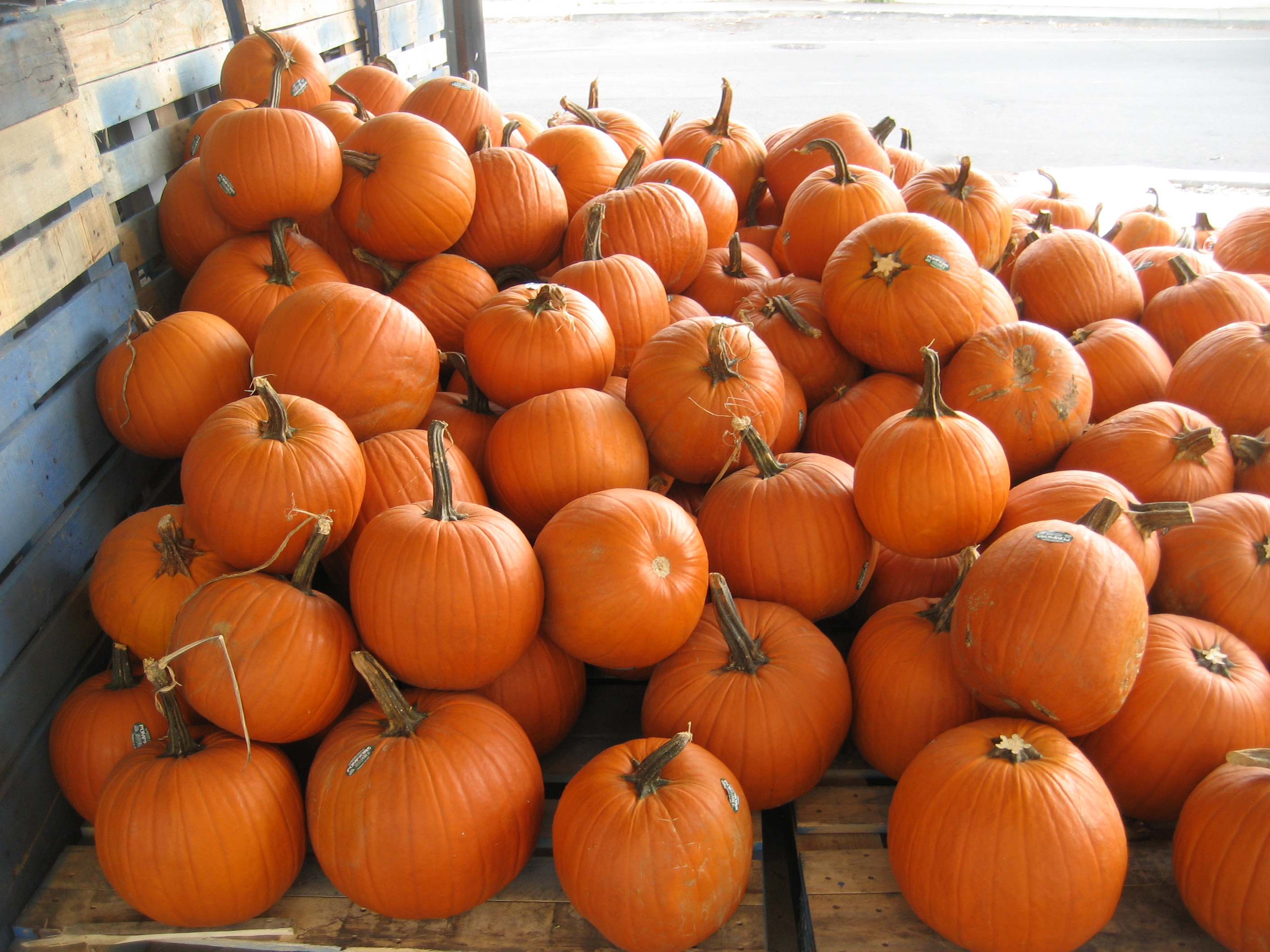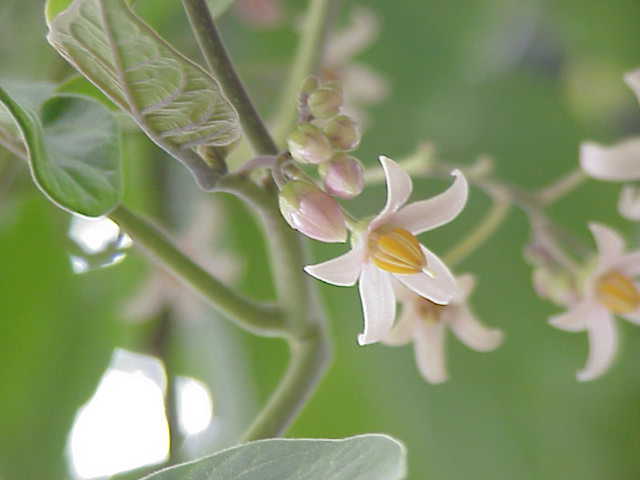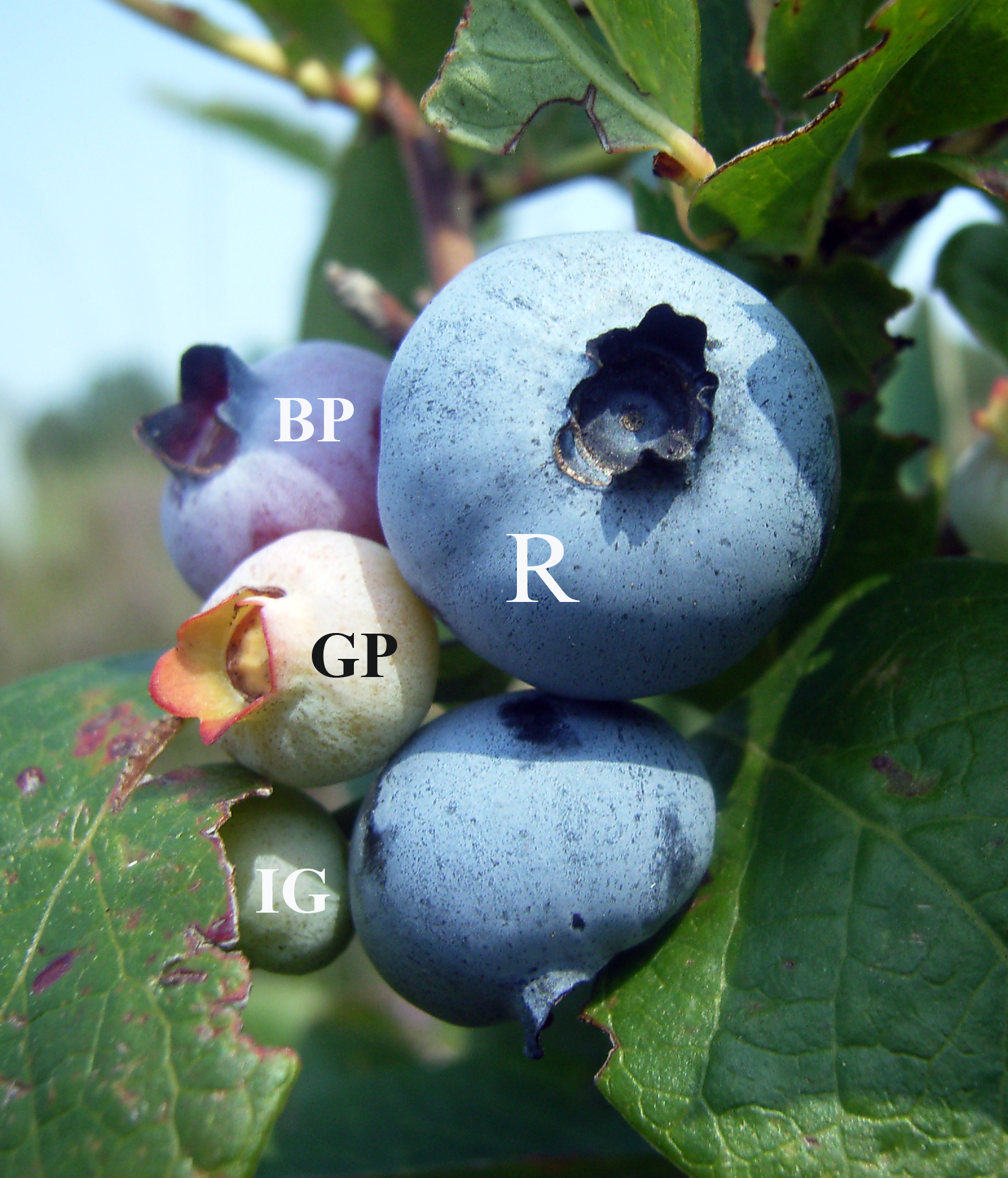|
Arhuaco People
The Arhuaco are an Indigenous people of Colombia. They are Chibchan-speaking people and descendants of the Tairona culture, concentrated in northern Colombia in the Sierra Nevada de Santa Marta. Name The Arhuaco are also known as the Aruaco, Bintucua, Bintuk, Bíntukua, Ica, Ijca, Ijka, Ika, and Ike people. Territory The Arhuacos live in the upper valleys of the Piedras River, San Sebastian River, Chichicua River, Ariguani River, and Guatapuri River, in an Indigenous territory in the Sierra Nevada de Santa Marta Mountains. Their traditional territory before the Spanish colonization was larger than today's boundaries which exclude many of their sacred sites that they continue to visit today, to pay offerings. These lost territories are the lower parts by the steps of the mountains, lost to colonization and farming. Communities The Arhuacos are distributed into 22 sections. *Central Zone: Nabusimake (Capital of the Arhuaco nation), Yechikin and Busin. *Western Zone: ... [...More Info...] [...Related Items...] OR: [Wikipedia] [Google] [Baidu] |
Beans
A bean is the seed of some plants in the legume family (Fabaceae) used as a vegetable for human consumption or animal feed. The seeds are often preserved through drying (a ''pulse''), but fresh beans are also sold. Dried beans are traditionally soaked and boiled, and used in many traditional dishes throughout the world. They can be cooked in many different ways, however, including frying and baking. The unripe seedpods of some varieties are also eaten whole as green beans or ''edamame'' (immature soybean), but many fully ripened beans contain toxins like Phytohaemagglutinin, phytohemagglutinin and require cooking. Terminology The word "bean" and its Germanic cognates (e.g. German language, German ''wikt:Bohne#Noun, Bohne'') have existed in common use in West Germanic languages since before the 12th century, referring to Vicia faba, broad beans, chickpeas, and other pod-borne seeds. This was long before the New World genus ''Phaseolus'' was known in Europe. With the Colum ... [...More Info...] [...Related Items...] OR: [Wikipedia] [Google] [Baidu] |
Maize
Maize (; ''Zea mays''), also known as corn in North American English, is a tall stout grass that produces cereal grain. It was domesticated by indigenous peoples in southern Mexico about 9,000 years ago from wild teosinte. Native Americans planted it alongside beans and squashes in the Three Sisters polyculture. The leafy stalk of the plant gives rise to male inflorescences or tassels which produce pollen, and female inflorescences called ears. The ears yield grain, known as kernels or seeds. In modern commercial varieties, these are usually yellow or white; other varieties can be of many colors. Maize relies on humans for its propagation. Since the Columbian exchange, it has become a staple food in many parts of the world, with the total production of maize surpassing that of wheat and rice. Much maize is used for animal feed, whether as grain or as the whole plant, which can either be baled or made into the more palatable silage. Sugar-rich varieties called sw ... [...More Info...] [...Related Items...] OR: [Wikipedia] [Google] [Baidu] |
Wheat
Wheat is a group of wild and crop domestication, domesticated Poaceae, grasses of the genus ''Triticum'' (). They are Agriculture, cultivated for their cereal grains, which are staple foods around the world. Well-known Taxonomy of wheat, wheat species and hybrids include the most widely grown common wheat (''T. aestivum''), spelt, durum, emmer, einkorn, and Khorasan wheat, Khorasan or Kamut. The archaeological record suggests that wheat was first cultivated in the regions of the Fertile Crescent around 9600 BC. Wheat is grown on a larger area of land than any other food crop ( in 2021). World trade in wheat is greater than that of all other crops combined. In 2021, world wheat production was , making it the second most-produced cereal after maize (known as corn in North America and Australia; wheat is often called corn in countries including Britain). Since 1960, world production of wheat and other grain crops has tripled and is expected to grow further through the middle of ... [...More Info...] [...Related Items...] OR: [Wikipedia] [Google] [Baidu] |
Garlic
Garlic (''Allium sativum'') is a species of bulbous flowering plants in the genus '' Allium''. Its close relatives include the onion, shallot, leek, chives, Welsh onion, and Chinese onion. Garlic is native to central and south Asia, stretching from the Black Sea through the southern Caucasus, northeastern Iran, and the Hindu Kush; it also grows wild in parts of Mediterranean Europe. There are two subspecies and hundreds of varieties of garlic. Garlic has been used for thousands of years as a seasoning, culinary ingredient, traditional medical remedy; it was known in many ancient civilizations, including the Babylonians, Egyptians, Romans, and Chinese, and remains significant in many cuisines and folk treatments, especially across the Mediterranean and Asia. Garlic propagates in a variety of climates and conditions and is produced globally; China is by far the largest producer, accounting for over two thirds (73%) of the world's supply in 2021. Description Garli ... [...More Info...] [...Related Items...] OR: [Wikipedia] [Google] [Baidu] |
Pumpkin
A pumpkin is a cultivar, cultivated winter squash in the genus ''Cucurbita''. The term is most commonly applied to round, orange-colored squash varieties, but does not possess a scientific definition. It may be used in reference to many different squashes of varied appearance and belonging to multiple species in the ''Cucurbita'' genus. The use of the word "pumpkin" is thought to have originated in New England in North America, derived from a word for melon, or a native word for round. The term is sometimes used interchangeably with "Cucurbita, squash" or "winter squash", and is commonly used for some cultivars of ''Cucurbita argyrosperma'', ''Cucurbita ficifolia'', ''Cucurbita maxima'', ''Cucurbita moschata'', and ''Cucurbita pepo''. ''C. pepo'' pumpkins are among the oldest known domesticated plants, with evidence of their cultivation dating to between 7000 BCE and 5500 BCE. Wild species of ''Cucurbita'' and the earliest domesticated species are native to North America (p ... [...More Info...] [...Related Items...] OR: [Wikipedia] [Google] [Baidu] |
Tamarillo
The tamarillo (''Solanum betaceum'') is a tree or shrub in the flowering plant family Solanaceae (the nightshade family). It bears the tamarillo, an egg-shaped edible fruit. It is also known as the ''tree tomato'', ''tomate de árbol'', ''tomate andino'', ''tomate serrano'', ''blood fruit'', ''poor man's tomato'', ''tomate de yuca'', ''tomate de españa'', ''sachatomate'', ''berenjena'', ''chilto'' (from ) and ''tamamoro'' in South America, ''tyamtar'', ''rambheda'' or ''rukh tamatar'' (Literal translation, lit. tree tomatoes) in Nepal, and ''terong Belanda'' (Dutch eggplant) in Indonesia. It is popular globally, especially in Peru, Colombia, New Zealand, Ecuador, Nepal, Rwanda, Burundi, the Democratic Republic of the Congo, Australia, and Bhutan. Origin and regions of cultivation The tamarillo is native to the Andes of Ecuador, Colombia, Peru, Chile, Argentina and Bolivia. Today it is still cultivated in gardens and small orchards for local production, and it is one of the m ... [...More Info...] [...Related Items...] OR: [Wikipedia] [Google] [Baidu] |
Blueberry
Blueberries are a widely distributed and widespread group of perennial flowering plants with blue or purple berries. They are classified in the section ''Cyanococcus'' with the genus ''Vaccinium''. Commercial blueberries—both wild (lowbush) and cultivated (highbush)—are all native to North America. The highbush varieties were introduced into Europe during the 1930s. Blueberries are usually prostrate shrubs that can vary in size from to in height. In the commercial production of blueberries, the species with small, pea-size berries growing on low-level bushes are known as "lowbush blueberries" (synonymous with "wild"), while the species with larger berries growing on taller, cultivated bushes are known as "highbush blueberries". Canada is the leading producer of lowbush blueberries, while the United States produces some 40% of the world's supply of highbush blueberries. Description Many species of blueberries grow wild in North America, including '' Vaccinium myrtilloi ... [...More Info...] [...Related Items...] OR: [Wikipedia] [Google] [Baidu] |
Lettuce
Lettuce (''Lactuca sativa'') is an annual plant of the family Asteraceae mostly grown as a leaf vegetable. The leaves are most often used raw in Green salad, green salads, although lettuce is also seen in other kinds of food, such as sandwiches, wraps and soups; it can also be grilled. Its stem and seeds are sometimes used; celtuce (asparagus lettuce) is one variety grown for its stems, which are eaten either raw or cooked. In addition to its main use as a leafy green, it has also gathered religious and medicinal significance over centuries of human consumption. Europe and North America originally dominated the market for lettuce, but by the late 20th century the consumption of lettuce had spread throughout the world. , world production of lettuce (and chicory) was 27 million tonnes, 53percent of which came from China. Lettuce was originally farmed by the ancient Egyptians, who transformed it from a plant whose seeds were used to obtain oil into an important food crop raised fo ... [...More Info...] [...Related Items...] OR: [Wikipedia] [Google] [Baidu] |
Cabbage
Cabbage, comprising several cultivars of '' Brassica oleracea'', is a leafy green, red (purple), or white (pale green) biennial plant grown as an annual vegetable crop for its dense-leaved heads. It is descended from the wild cabbage ( ''B. oleracea'' var. ''oleracea''), and belongs to the " cole crops" or brassicas, meaning it is closely related to broccoli and cauliflower (var. ''botrytis''); Brussels sprouts (var. ''gemmifera''); and Savoy cabbage (var. ''sabauda''). A cabbage generally weighs between . Smooth-leafed, firm-headed green cabbages are the most common, with smooth-leafed purple cabbages and crinkle-leafed savoy cabbages of both colours being rarer. Under conditions of long sunny days, such as those found at high northern latitudes in summer, cabbages can grow quite large. , the heaviest cabbage was . Cabbage heads are generally picked during the first year of the plant's life cycle, but plants intended for seed are allowed to grow a second year and m ... [...More Info...] [...Related Items...] OR: [Wikipedia] [Google] [Baidu] |
Onion
An onion (''Allium cepa'' , from Latin ), also known as the bulb onion or common onion, is a vegetable that is the most widely cultivated species of the genus '' Allium''. The shallot is a botanical variety of the onion which was classified as a separate species until 2011. The onion's close relatives include garlic, scallion, leek, and chives. The genus contains several other species variously called onions and cultivated for food, such as the Japanese bunching onion '' Allium fistulosum'', the tree onion ''Allium'' × ''proliferum'', and the Canada onion '' Allium canadense''. The name '' wild onion'' is applied to a number of ''Allium'' species, but ''A. cepa'' is exclusively known from cultivation. Its ancestral wild original form is not known, although escapes from cultivation have become established in some regions. The onion is most frequently a biennial or a perennial plant, but is usually treated as an annual and harvested in its first growing season. ... [...More Info...] [...Related Items...] OR: [Wikipedia] [Google] [Baidu] |








